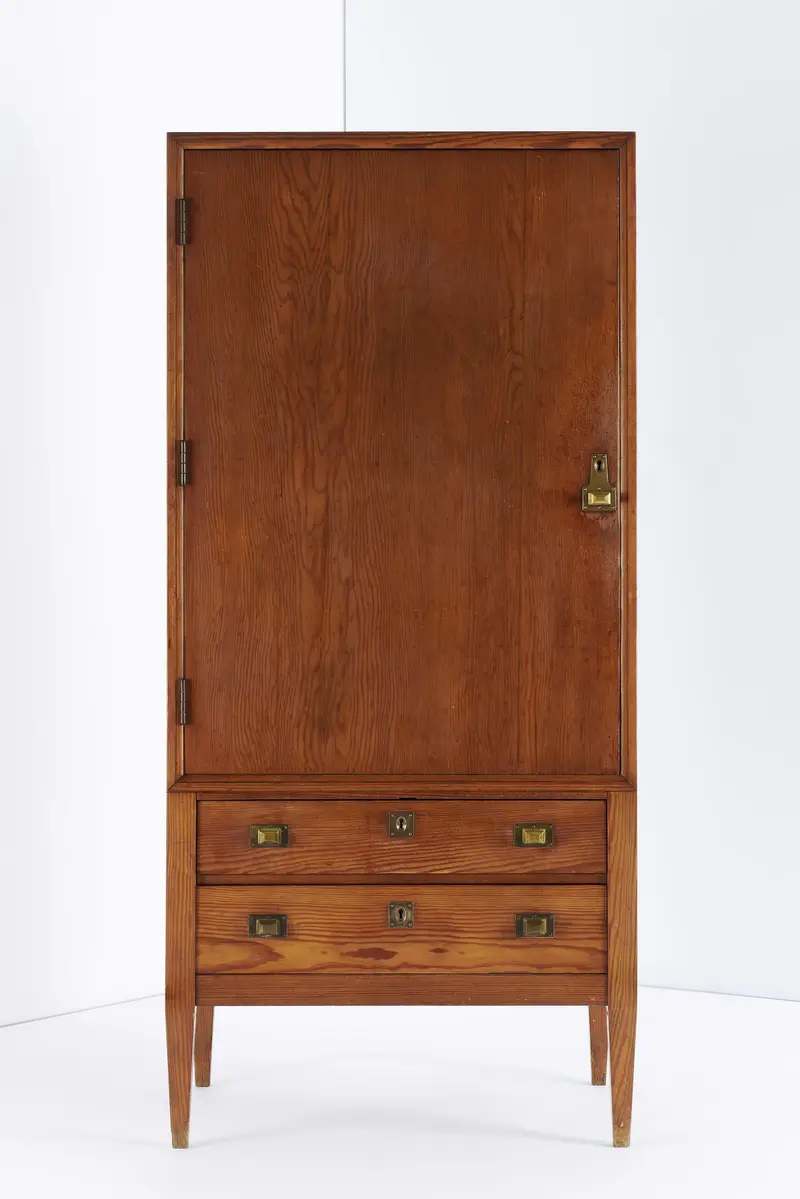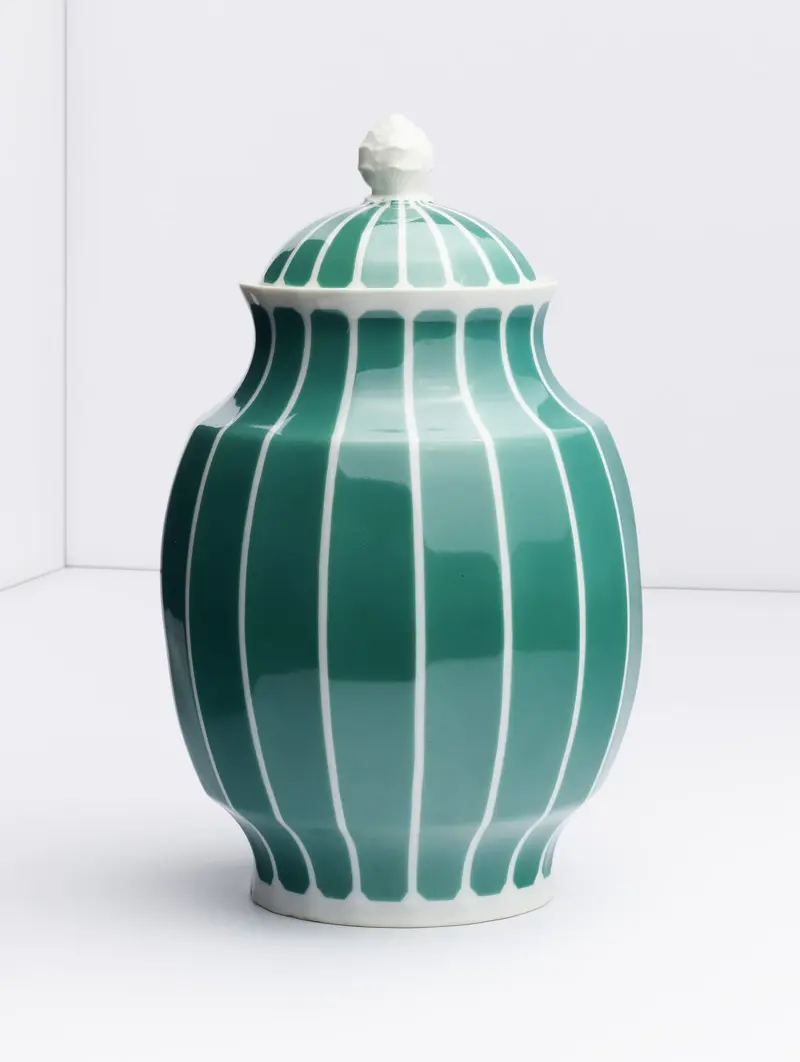[Translate to English:] Designerin 3
Twenty-seven different job titles described the women amongst other things as graphic designer, sculptor, furniture designer, interior designer, draftswoman, or textile designer – an attempt to do justice to their diverse activities and talents. The show in the Japanisches Palais shows the wide range of products created by three generations of female designers. Alongside design drawings, which offer a glimpse into the process of producing the objects, over 270 works are presented, many of which are publicly accessible for the first time. The considerable spectrum of furniture, textiles, and wallpaper, as well as toys and vessels opens up new insights into the period between 1898 and 1938. In the comprehensive examination of the Deutsche Werkstätten and its women designers, the Kunstgewerbemuseum Dresden adds a decisive chapter to the history of modern design.


